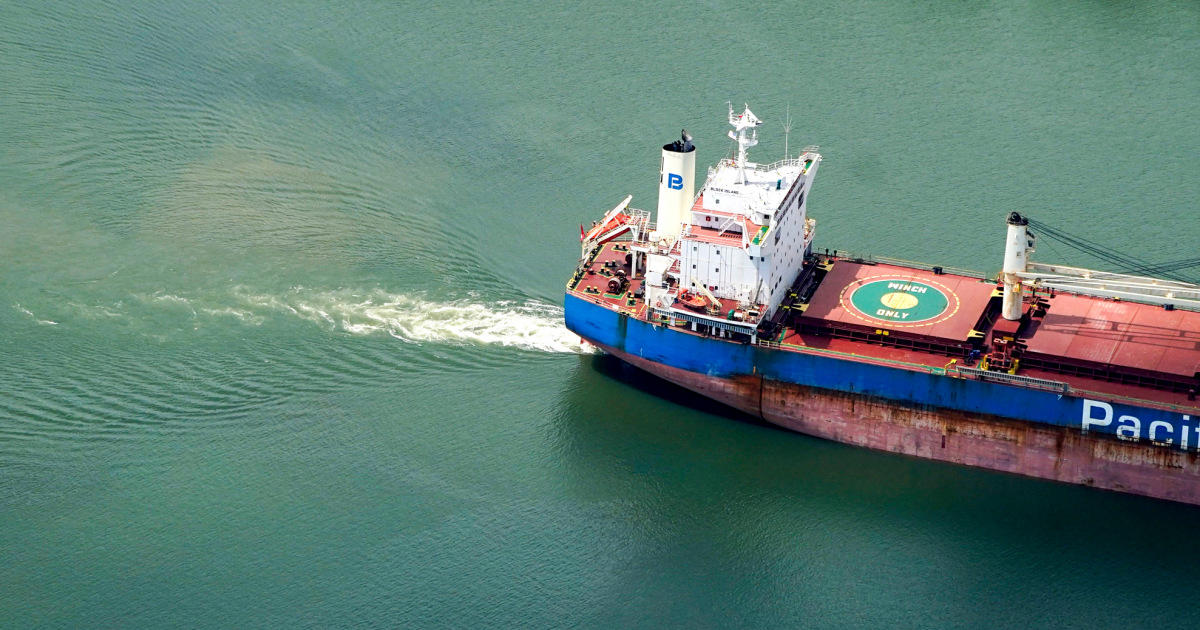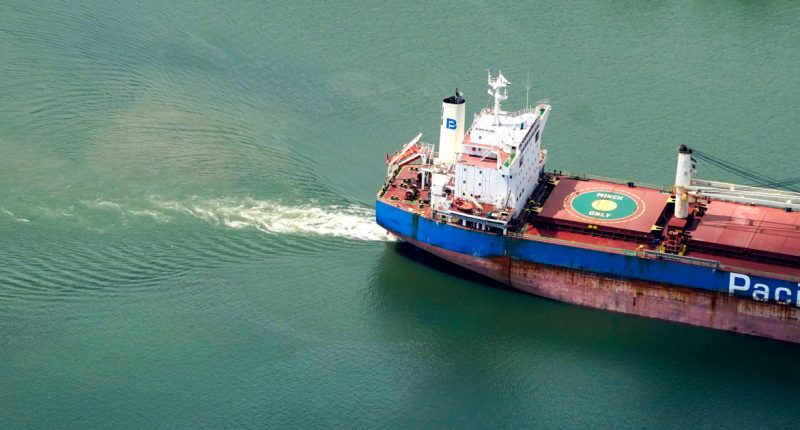
Louisiana officials said Thursday that efforts to slow the push of saltwater upstream in the Mississippi River are helping to buy additional weeks before drinking water supplies in and around New Orleans could be contaminated by the saltwater intrusion.
The New Orleans District of the U.S. Army Corps of Engineers initially projected that salt water creeping inland from the Gulf of Mexico could reach water intake facilities in New Orleans later this month, but officials now say those projected timelines have improved, likely keeping the city in the clear until late November.
Excess salinity in drinking water is dangerous for public health because it can cause elevated sodium levels in the body, which increases blood pressure.
In a bid to delay the encroaching salt water, the Army Corps has been working to heighten an underwater barrier that was first constructed in July.
Col. Cullen Jones of the Army Corps said Thursday that the underwater levee will act as a “speed bump,” helping to slow or stall the salt water as it creeps upriver.
Still, some communities south of New Orleans are expected to see impacts to municipal water systems in the coming weeks.
Officials said expansion of the barrier, known as a sill, is more than 60% complete. That work is projected to wrap up by Oct. 12, just one day before salt water is expected to reach water intake facilities in Belle Chasse, just southeast of New Orleans. The communities of Dalcour and St. Bernard are forecast to become inundated on Oct. 17 and Oct. 28, respectively.
Around 2,000 residents in Plaquemines Parish have been relying on bottled water since June, after salt water infiltrated the area’s drinking water supplies.
“Generally, we will still see impacts to both Plaquemines and St. Bernard Parish in the month of October,” Jones said, “but we also see delayed impacts to the Algiers and Gretna facilities in late November.”
Emergency officials at the local, state and federal levels have been preparing for a possible drinking water crisis by securing millions of gallons of water that will be barged into communities to dilute local water systems back to safe levels, if needed. Reverse osmosis systems are being installed at certain water intake facilities, and officials in Jefferson Parish, which includes the cities of Gretna and Kenner, are building a pipeline to transport fresh water from further upriver to one of the area’s treatment plants.
Source: | This article originally belongs to Nbcnews.com









